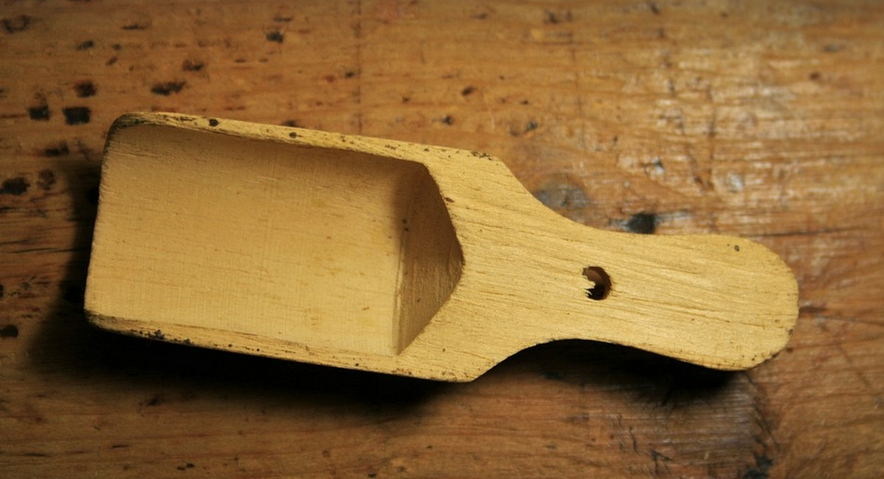
How To Clamp A Foley (Simplified Guide)
A Closer Look at the Art of Clamping a Foley
Clamping a Foley, often referred to as “clamping the sound,” is an essential tool in film editing and audio production. It involves capturing the sound of everyday objects – like footsteps, door creaks, or even toilet flushes – and blending it into a larger sonic landscape. This seemingly simple task requires precision and a good understanding of acoustics.
Let’s dive into the world of Foley by exploring different aspects that contribute to this art form. Firstly, let’s break down the process step-by-step.
**Step 1: Selecting the Right Sound Material:** Foley relies heavily on capturing real-world sounds and integrating them seamlessly into a film’s audio. The choice depends on your desired effect. For instance, you might need to capture the sound of water droplets falling onto a surface or the clinking of coins in an exchange transaction.
“Sound” is a broad term. When selecting the right material for your Foley, consider these questions:
1. What kind of noise do I want to create?
2. What’s the overall mood and atmosphere I am aiming for?
**Step 2: Finding the Perfect Sound Capture:** The sound source needs to be clear and distinct. Here are some methods used during Foley sessions:
* **Soundboard and Microphone:** For more subtle sounds, you’ll want a close-up microphone. A specialized sound board will amplify these small sounds and allow for greater clarity.
* **Field Recording:** This method involves capturing sounds in their natural environment. You’d use microphones or audio recorders to capture the sounds of objects being moved around.
“Do you need more than just a single microphone? Consider having multiple sources for your Foley.” Consider using a boom mic, which can be placed directly on a subject to capture the sound from different angles.
**Step 3: Amplifying and Refining:** After capturing the sounds, it’s time for some fine-tuning.
* **Gain Control:** This is crucial! Using gain control helps to balance out the overall volume level of your Foley sound and ensure a consistent and balanced final product.
* **Effects Processing:** Various effects can be used to enhance and manipulate the sounds, adding depth and dimension. Use plugins for reverb or delay, for example, to make the sounds more immersive; you could also use compression to even out the volume across different sound elements.
“Remember that Foley is a collaborative effort. Working alongside your editor and director to ensure the final product aligns with their vision” is essential for this process.
**Step 4: Integration:** Now comes the exciting part!
* **Sound Editing Software:** Using specialized software, such as Adobe Audition or Pro Tools, you’ll be able to edit and mix your Foley sounds into the movie.
* **Contextual Sounds:** This is where a good understanding of sound design comes in. Sounds must fit seamlessly with the scene – think about the timing and volume when adding sound effects
“Remember, the goal is to create an immersive experience for the audience. The sounds should enhance the visuals and engage the viewer.”
**Step 5: Testing and Refinement:**
* **Soundcheck:** It’s crucial to test your Foley sound before finalizing it to ensure it blends well with the film’s audio.
* **Feedback and Iteration:** Take feedback from your editor or fellow crew members and make adjustments accordingly, ensuring you achieve a seamless integration between the soundscape and the scene.
**Final Thoughts: The Art of Foley Sound Design**
Foley is an art form that requires skill, creativity, and a keen ear for detail. By following these steps, you can create authentic sound effects that enhance your film or video production. Remember to collaborate with the director, editor, and other crew members. They will be able to guide you toward creating something truly special.